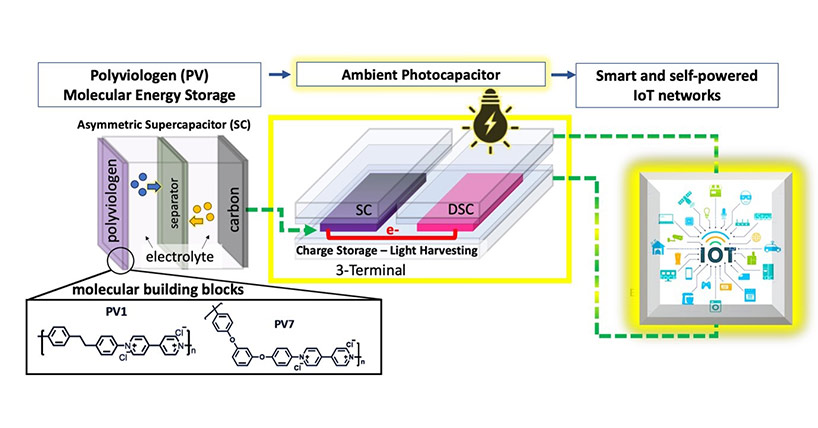Circuits of the brain
Scientists gain new insight into circuits of the brain
Published on: 21 April 2016
Researchers have for the first time identified how complex circuits of the brain work in the visual system.
To date, scientists have largely been in the dark with regards to how individual circuits operate in the networks of the brain. Mapping these networks is a complicated process, requiring precise measurement methods.
Now scientists from Newcastle University, the Max Planck Institute for Biological Cybernetics in Tübingen, Germany, and the Ernst Strüngmann Institute in Frankfurt, have revealed the neural connection in the visual system of monkeys using optogenetic methods. Individual neurons were genetically modified so that they became sensitive to a light stimulus.
For decades microstimulation was the method of choice for activating neurons – a process that stimulates neurons by a small electrical current - proved to be reliable and accurate. The scientists have now been able to show that optogenetics, a biological technique still in its infancy, delivers comparable results.
With optogenetics it is possible to directly influence the activity of neurons by light. To do this individual neurons are genetically modified with the help of viruses to express light-sensitive ion channels in their cell membrane. Through blue light pulses delivered directly into the brain the modified neurons can then be systematically activated.

Watching the cells while they see
Using optogenetics the researchers studied the visual system of macaques. Primates are the only animals that also have a highly complex visual processing system.
Dr Michael Schmid, from Newcastle University’s Institute of Neuroscience, who had the idea for the study, acknowledges the potential of optogenetics. He said: “The method is very interesting for us. If it is refined further, we could image and map more complex circuits and their individual components in the brain.”
Signals that reach the eye are forwarded via the lateral geniculate nucleus (LGN) to the visual cortex. In both humans and monkeys, the LGN consists of six layers and contains magno, parvo- and konio-cells. Magno cells process signals containing contrast and movement information, while parvo cells are important for perceiving colour.
“The brain of this non-human primate is very similar to the human brain. Its cerebral cortex is organised in the same way as ours and is therefore vital to brain research,” explains Nikos Logothetis, Director of the Physiology of Cognitive Processes Department at the Max Planck Institute for Biological Cybernetics.
Little is known about the function of the konio cells. By means of optogenetic stimulation, the researchers were able to prove that konio cells are linked to the primary visual cortex.
“We chose to study this circuit in the visual system because it represents a defined and highly structured system because of the clear segregation between cell types”, said Carsten Klein from the Max Planck Institute for Biological Cybernetics.
In addition to providing insights into the structure of the visual system, the study also provides methodological insights that could be relevant for the medical application of deep brain stimulation and optogenetics.
Advantages of optogenetics – switching off individual neurons
The optogenetic modulation of neurons functions is more cell-type specific than microstimulation and also has the advantage that neurons can be activated or inactivated. If a cell population is removed from a circuit the function it performs can be identified. Therefore, instead of an activating protein, an inhibitory protein is channelled into the neurons. If it is stimulated with a light pulse it suppresses the activity of the cells.
Through optogenetics, the cooperation between individual cells can also be studied with much greater precision.
Reference:
Carsten Klein, Henry C. Evrard, Katharine A. Shapcott, Silke Haverkamp, Nikos K. Logothetis, Michael C. Schmid; Cell-Targeted Optogenetics and Electrical Microstimulation Reveal the Primate Koniocellular Projection to Supra-granular Visual Cortex.
Neuron, 2016. DOI: 10.1016/j.neuron.2016.02.036



